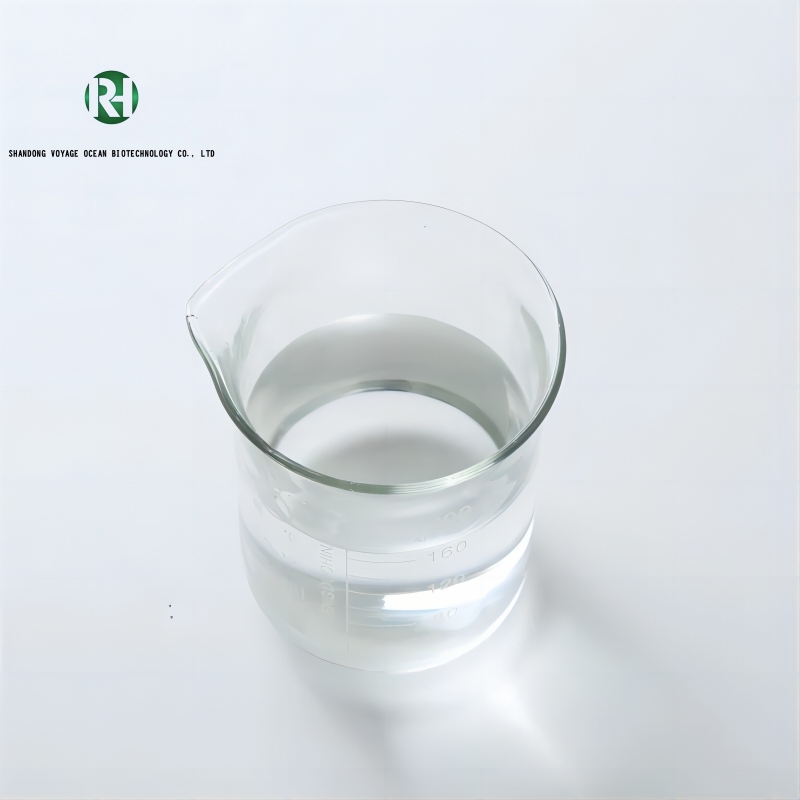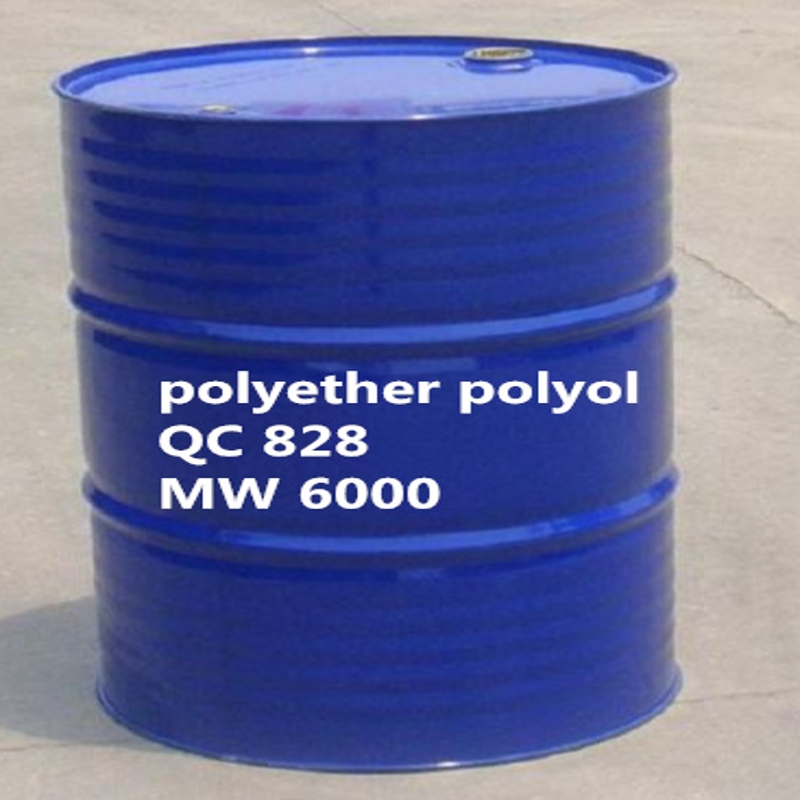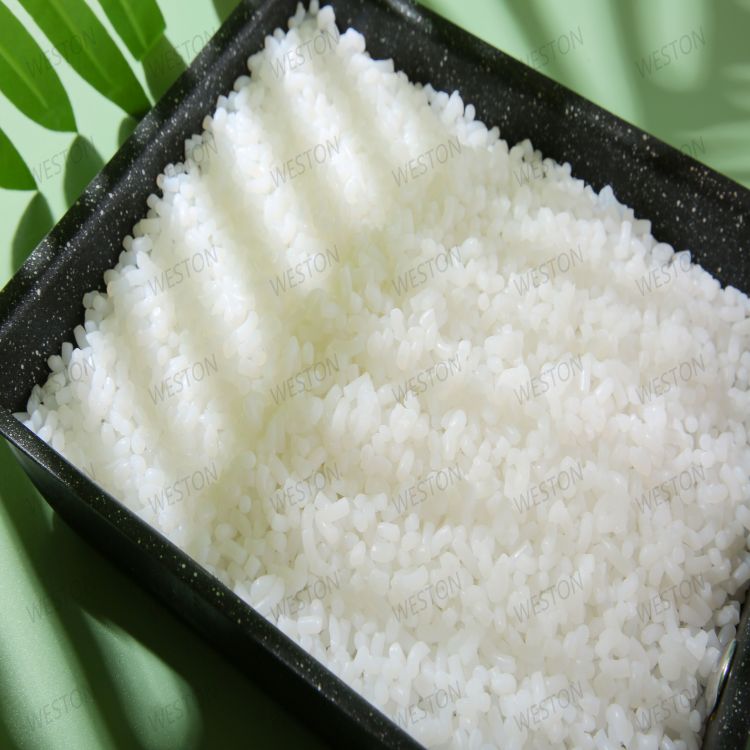-
Categories
-
Pharmaceutical Intermediates
-
Active Pharmaceutical Ingredients
-
Food Additives
- Industrial Coatings
- Agrochemicals
- Dyes and Pigments
- Surfactant
- Flavors and Fragrances
- Chemical Reagents
- Catalyst and Auxiliary
- Natural Products
- Inorganic Chemistry
-
Organic Chemistry
-
Biochemical Engineering
- Analytical Chemistry
- Cosmetic Ingredient
-
Pharmaceutical Intermediates
Promotion
ECHEMI Mall
Wholesale
Weekly Price
Exhibition
News
-
Trade Service
The ubiquity of plastic bags is notoriously difficult to recycle
.
Even if it is recycled, it is difficult to reproduce high-value things
.
The University of California, Berkeley and Lawrence Berkeley National Laboratory have developed a new process that uses a catalyst to break down long polyethylene (PE) polymers into uniform short chains, known as three-carbon molecular propylene, which is the raw material
for making other high-value plastics such as polypropylene.
The paper was published in the latest issue of
the journal Science.
Polyethylene plastics account for about 1/3 of the global plastics market, producing more than 100 million tons of fossil fuels each year, including shale gas
.
The new process, which depolymerizes and converts polyethylene into propylene, is an upcyclical way to produce higher-value products from essentially worthless waste, while reducing the use of
fossil fuels.
The new process requires two hydrocarbon bonds on polyethylene to be broken with a catalyst, initially with iridium catalysts, and later platinum-tin and platinum-zinc catalysts to create an active carbon-carbon double bond
.
With this "gap", it is possible to untie the polymer chain by reacting with ethylene and two other catalysts that react in synergy
.
Next, the researchers added a second catalyst made of palladium, which allowed propylene molecules (three-carbon molecules) to be repeatedly snipped from the reaction end
.
The results showed that 80% of the polyethylene was reduced to propylene
.
The team demonstrated that the process is suitable for a wide range of PE plastics, including translucent feeding bottles, opaque shampoo bottles, PE packaging, black hard plastic caps, etc.
, all of which are effectively reduced to acrylic with only the colorant removed
.
"As long as it is recycled, a lot of polyethylene plastic will become a low-grade material
.
You can't take a recycled plastic bag and use it to make a plastic bag
of the same quality.
"But if you can break down the monomer of that plastic bag into small pieces and then polymerize, you don't need more fossil raw materials, but use it as a carbon source to make other things, such as polypropylene
.
" We will reduce shale gas for this purpose, or for other uses of propylene, and fill the so-called propylene gap
.
”
Recently, the research team also used innovative catalytic technology to create a process that converts polyethylene bags into binders, another valuable product
.
All in all, these new processes will turn plastic waste into treasure.







